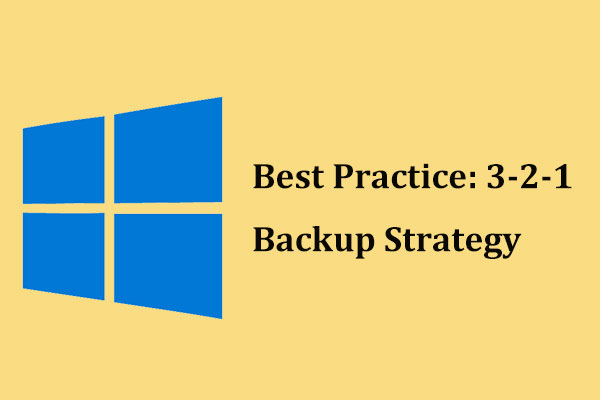Have you ever heard of the rumors of disk's death? This post shows you that the HDDs still play an important role in our life. Whether you use HHDs or SSDs, MiniTool Partition Wizard can help you manage them better.
Rumors of Disk’s Death Have Been Greatly Exaggerated
In the last decade, solid-state drive (SSD) technology went mainstream in storage drives. Since then, analysts have kept a watchful eye on the sales volume of hard disk drive (HDD) and SSD, along with performance efficiency and the price per gigabyte of each drive type.
In general, SSDs offer significantly better performance than HDDs, but they cost far more per gigabyte. The current move from Serial ATA (SATA) to the NVM Express (NVMe) interface enables 5 times the performance of SSDs. If SSDs cost a little bit cheaper, SSDs would perhaps kill off HDDs.
However, the death of disk is not so fast. Hard drive shipments are in trouble due to their slower speeds compared to SSD technology, and it is estimated that SSD units (360 million) will outstrip HDD units (330 million) for the first time in 2021, but it is still foreseeable that in 2020, the industry is projected to move roughly half as many hard drives as it did in 2014.
Despite the rampant growth of SSDs in the enterprise market, datacenter hard drive shipments are actually growing. Hard drive makers Seagate and Western Digital won’t be closing up shop anytime soon.
According to Chris Bergey, GM of Data Center Devices at Western Digital, although they have excellent growth in SSDs, which are expected to continue at 44% CAGR over the next five years on top of a reasonable base, that does not necessarily mean this is happening at the vast expense of disk.
He believes that they will have over 34% CAGR of capacity HDDs for datacenters, which is building off a much bigger base. Not only will HDDs stick around, but they are going to grow because the amount of data and emerging workloads will require this.
HDDs Still Have an Important Role to Play
The reasons why HDDs still have an important role to play includes three points: the bulk of “cold” data, the need for high-capacity storage, and the low cost-per-gigabyte. Let’s explain them on by one.
The Need for Cold Storage
Cold storage usually means data that users want to retain but rarely or never be accessed. Although consumers need the C: drive volume to run better and faster on SSD, they also need HDDs to store cold data or archival data, as well as backup data. For example, videos, documents, photos, etc.
The bulk of cold or archival data, as well as backup data, can live in quiet obscurity on attached USB hard drives. Those who are comfortable with external disk storage will keep using it, but those numbers will remain fairly flat.
There is another way to store cold data, that is, cloud storage, which touches upon next point: high-capacity storage.
The Need for High-capacity Storage
Nowadays, the need for high-capacity storage continues to balloon. The reasons include surveillance video, the internet of things, the rise of analytics, as well as smart homes, smart factories, smart cities, or something that.
As we all know, video infamously consumes the lion’s share of stored bytes; the internet of things needs to feed data into the cloud for analysis; and the analytics need to aggregate ever more and larger databases.
According to Toshiba’s 2019 storage trends report, the amount of data that it stores continues to grow unabated, and its growth is faster than predicted. In 2019, it can be assumed that 90% of the capacity for typical cloud computing applications will be realized with hard disks, with some possibly on magnetic tape, and only 10% will be implemented with SSD.
According to Eddie Ramirez, senior director of product marketing and datacenter devices at Western Digital, the company is shipping roughly 500 petabytes (PB) of hard disk storage to enterprise datacenters annually, compared to 68PB on SSD — a greater than 7:1 disparity.
Therefore, hard disk technology is far from dead. Its capacity advantages are only becoming more critical in datacenters.
The Low Cost-per-gigabyte
HDDs now hover around 1.8 cents per gigabyte, while SSDs range from 13 to 15 cents per gigabyte, yielding a 7 to 8 times gap between the two technologies. Some experts expect that the price-per-gigabyte gap will persist beyond the next decade.
Conclusion
For the foreseeable future, hard disk technology will remain with us. It may have lost its performance luster, but high capacity, reliability, and a low cost-per-gigabyte relative to SSDs will keep HDDs as the go-to storage option for datacenters.



User Comments :